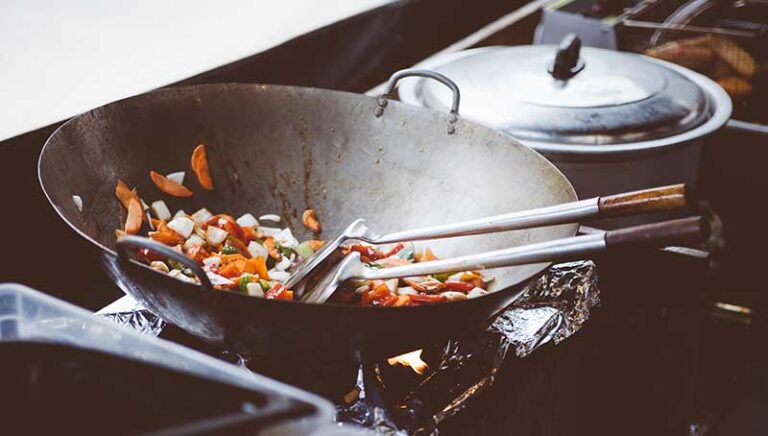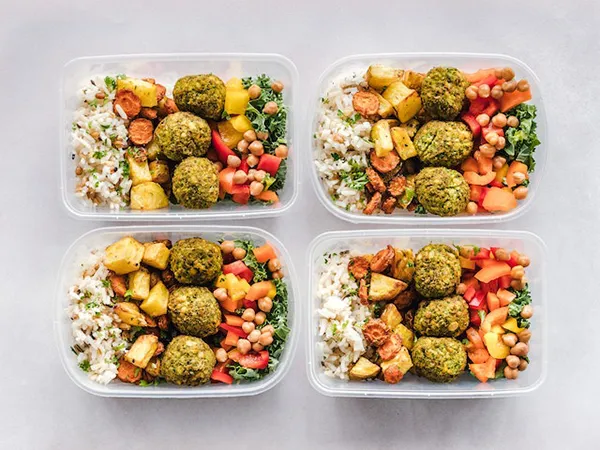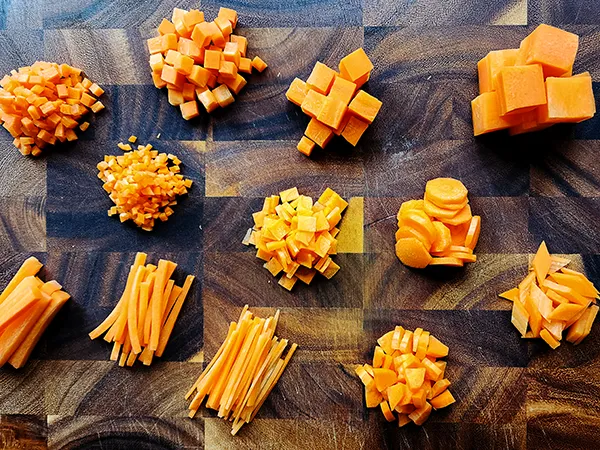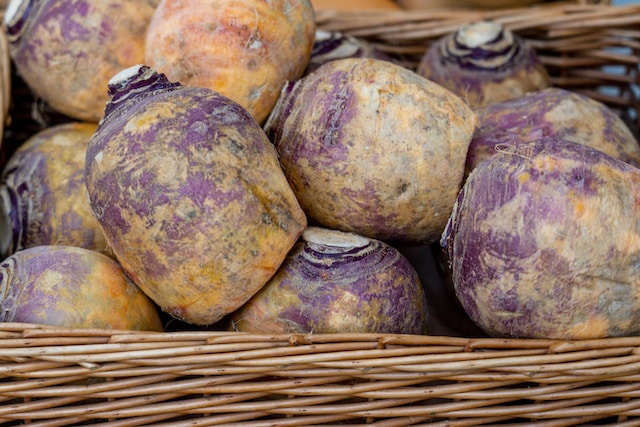How to cook couscous – Easily Master 3 ways
Hello friends! So, if you’re interested in how to cook couscous, this post is for you. I’m here to share everything I know about this fantastic ingredient. As someone who’s dug deep into the world of grains and their look-alikes, I’ve got some insights that’ll make cooking couscous a breeze for you.
In this post, I’ll explain what is couscous and how easy it is to cook it, as a step-by-step recipe. Also, I’ll share the benefits of this amazing product and why you need to add it to your diet. Let’s dive in!

What Is Couscous?
First off, let’s clear something up: couscous might look like a grain, but it’s tiny pearls of semolina. It’s a staple in North African cuisine, beloved for its ability to soak up yummy flavors and its super quick cooking time. There’s the fine Moroccan couscous, perfect for light salads and quick meals, and then there are its chunkier cousins, like the pearly Israeli couscous and the even larger Lebanese couscous, each bringing a unique texture and charm to dishes. Whether it’s the finer variety or its robust relatives, couscous can elevate any meal from simple to spectacular.
Here are the images showcasing the different types of couscous: Moroccan, Israeli, and Lebanese, each highlighting their unique size and texture. These visuals should help distinguish between the varieties and give you a better idea of how each type can enhance your dishes with their distinct characteristics.
How to cook couscous step-by-step?
Couscous is wonderfully forgiving and quick to prepare, making it a busy cook’s dream. Here’s how you can turn those tiny grains into a delectable dish, no matter which type you’re working with.
Traditional Steaming Method
For authentic Moroccan couscous, steaming is the way to go. It might take a bit longer, but the results are incredibly light and fluffy.
- Rinse your couscous under cold water to remove any dust or starch.
- Use a couscoussier if you have one, or a regular steamer will do. Fill the bottom pot with water, bring to a boil, then reduce to a simmer.
- Place the couscous in the steamer basket, not too densely, so the steam can move through.
- Steam for about 15 minutes, then remove and let it cool slightly. Break up any clumps with your fingers.
- Moisten with a little water, then steam again for 15 minutes. Repeat this process three times for the best texture.
Quick-Cook Method Using Boiling Water
The most common method for cooking couscous quickly involves boiling water or broth:
- Boil water or broth in a ratio of about 1.5 cups of liquid to 1 cup of couscous.
- Add the couscous to the boiling water, then remove from heat and cover.
- Let it sit for 5 minutes, then fluff it with a fork. Voila, your couscous is ready!
Microwave Technique for Convenience
Yes, you can even use the microwave for couscous:
- Combine couscous and water in a microwave-safe bowl, using the same ratio as the boiling method.
- Cover with a lid or plastic wrap and microwave on high for 5-6 minutes.
- Let it stand for a couple of minutes, then fluff it with a fork.
No matter which method you choose, couscous is a blank canvas for flavors. Experiment with adding herbs, spices, or even a knob of butter or olive oil during the cooking process to elevate your dish.
Couscous Cooking Times
Cooking times for couscous can vary slightly depending on the type you’re using, but the good news is, it’s always quick:
- Moroccan couscous: The finest of the bunch, Moroccan couscous cooks in just about 5 minutes after the water boils. It yields a light, fluffy texture that’s perfect for absorbing the flavors of your dish.
- Israeli couscous: A bit larger, this type takes about 10-15 minutes to cook. It offers a delightful, chewy texture that’s great in salads or as a hearty side dish.
- Lebanese couscous: The largest and most robust, Lebanese couscous needs around 15-20 minutes to become perfectly tender. Its size and texture make it ideal for stews and dishes where it can soak up lots of flavors.
Couscous yield
When it comes to cooking couscous, not only is it speedy, but it’s also quite generous in yield. Here’s what you can expect from 1 cup (50g) of each type:
- Moroccan couscous: This fine variety doubles in size, transforming 1 cup (50g dry) into about 2 cups (100g cooked). It’s your go-to for a quick, fluffy addition to any meal, effortlessly soaking up the flavors of your favorite sauces and spices.
- Israeli couscous: A tad more substantial, 1 cup (50g dry) of Israeli couscous expands to yield roughly 1¾ to 2 cups (87.5g to 100g cooked). Its pleasing chewiness adds a delightful texture to salads and makes a hearty side dish that stands up well next to robust flavors.
- Lebanese couscous: The most substantial of the lot, 1 cup (50g dry) of Lebanese couscous will yield about 1½ to 1¾ cups (75g to 87.5g cooked). Its larger pearls are perfect for absorbing the rich tastes of stews and soups, adding a satisfying bite to every spoonful.
Flavoring Couscous
Couscous is like a blank canvas waiting for your creative touch. Whether it’s simmering in broth, spiced with aromatics, or brightened with a dash of citrus, each addition transforms it into a culinary masterpiece.
Here’s how to ensure yours is never bland:
- Cook it in broth: Swap water for chicken, vegetable, or beef broth to instantly boost the flavor.
- Add aromatics: Toss in some minced garlic, onion, or shallot into the cooking liquid, or stir in some spices like cumin, coriander, or a pinch of cinnamon before adding your couscous.
- Herbs and oils: After cooking, a drizzle of good olive oil or a pat of butter, along with some fresh herbs like parsley, cilantro, or mint, can make your couscous dish sing.
- Citrus zest: A bit of lemon or orange zest added after cooking brightens up the dish wonderfully.
Creative Ways to Use Cooked Couscous
Cooked couscous is incredibly versatile. Here are just a few ways to use it:
- As a salad base: Mix it with chopped veggies, herbs, and a tangy dressing for a refreshing salad.
- Stuffed vegetables: Use it as a filling for bell peppers, tomatoes, or zucchini, mixed with some cheese, herbs, and other goodies.
- Side dish: Simply flavored with herbs and spices, it’s the perfect accompaniment to meat, fish, or plant-based proteins.
- In soups and stews: Especially the larger Lebanese couscous, which adds a lovely texture to heartier dishes.
And don’t forget, I’ve got some mouthwatering couscous recipes coming up, so you can put all this knowledge to delicious use!
Wrapping Up
Alright, we’ve zipped through the ins, outs, and delicious twists of how to cook couscous in your next kitchen adventure. Whether you’re wielding a spoon over the stove or pinging the microwave, remember: couscous is not just food; it’s a celebration of simplicity and taste.
From the steamy romance of traditional Moroccan couscous to the quick flings with the microwave, there’s no wrong way to bring those grains to life. And flavor? Couscous is like your culinary canvas, ready to take on the vibrant colors of your kitchen palette. Broth, herbs, spices—throw them in and watch the magic happen.

And hey, don’t forget to check out those couscous recipes I mentioned. They’re your ticket to becoming a couscous aficionado, impressing friends, family, and especially YOU.
Keep cooking, keep experimenting, and most importantly, keep enjoying every bite. Have a great week, and remember, one bite at a time! See you soon!






